Originally posted on AERCO.com website
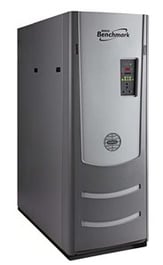 Whether you are comparing the performance of different equipment or seeking to estimate your potential fuel savings, it is imperative to gain a basic understanding of how manufacturers perform efficiency tests and how test conditions differ from real-world operations. Unfortunately, efficiency ratings will generally not translate directly to fuel savings, because similar performance is rarely, if ever, consistently achieved in typical installations. The following material provides an overview of the standard test procedure and outlines key questions to ask as you design your overall heating system.
Whether you are comparing the performance of different equipment or seeking to estimate your potential fuel savings, it is imperative to gain a basic understanding of how manufacturers perform efficiency tests and how test conditions differ from real-world operations. Unfortunately, efficiency ratings will generally not translate directly to fuel savings, because similar performance is rarely, if ever, consistently achieved in typical installations. The following material provides an overview of the standard test procedure and outlines key questions to ask as you design your overall heating system.
The Boiler Efficiency Test: ANSI Standard Z21.13
All gas-fired boiler manufacturers that publish an efficiency rating for equipment with capacities between 300,000 and 12,500,000 BTU base it on the American National Standards Institute (ANSI)-published efficiency test, Z21.13. The test involves operating the appliance over a specific period of time, measuring the temperatures of the inlet and outlet water, and calculating the energy absorbed by the water (click to enlarge picture on the right.)
While the test itself is straightforward, it is the conditions under which the test is performed that prove most important. The test assumes:
- Full firing for 30-minutes prior to testing to "soak" the metal with heat
- Full firing at 100% capacity for the entire 30 minutes test period
- 80°F feed water returning to the boiler
Those familiar with hydronic boiler installations will immediately notice that these conditions are not representative of most equipment installations. In fact, noncondensing equipment is not designed to accept return water under 140°F and non-modulating equipment will cycle to support loads that are less than full-BTU input. These differences, and their favorable impact on test results vs. real-world performance, are discussed below.
The Impact of the 30-Minute "Heat Soak"
The 30-minute heat soak period primes the surface area of the heat exchanger so that absolute heat transfer can be readily measured. The heat soak levels the playing field for manufacturers using different materials of construction and heat exchanger designs for the sake of testing; it assumes that the heat required to sustain this surface temperature stays constant in real-world applications.
Such an environment is possible to achieve only where the equipment runs continuously. In reality, any time a conventional unit cycles on/off or any time a boiler faults or is taken off-line, the internal temperature drops and the metal cools. Restarting the boiler requires a purge period that forces warm air out of the heat exchanger.
The Impact of Continuous Firing at 100% of Capacity
Testing is performed with the boilers running at 100% firing for the duration of the test. Unfortunately, most boiler plants are oversized to provide adequate heat on a "design day" (a prediction of the coldest day of the year in a given climate zone) with extra capacity as a safety cushion. While such demand may exist a few days per year, the bulk of the heating season is characterized by mild weather that does not call upon the full resources of the boiler plant. Consequently, conventional boilers with 100% on/off or limited turndown firing capabilities resort to cycling to meet such "partload" conditions. Although they may deliver promised performance when on, it has been estimated that the temperature overshoot and cycling losses can contribute up to a 20%-30% reduction in overall efficiency over the course of normal operations.
Modulating boilers operate at lower firing rates to better meet actual demand. Firing may incrementally adjust over a wide firing range or may be fixed to one or two intervals. While this will reduce cycling and the associated energy loss, it does not ensure that low fire performance will equal the test score at a 100% firing rate. Interestingly, a well-designed heat exchanger can actually increase its performance at lower loads by allowing more time and greater surface area for heat transfer to take place. Several manufacturers of modulating equipment publish "part-load performance schedules" to pinpoint efficiency under part-fire conditions.
Please keep the above guidelines in mind in addition to all your requirements when making your equipment decisions.


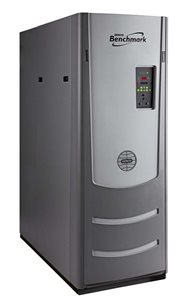


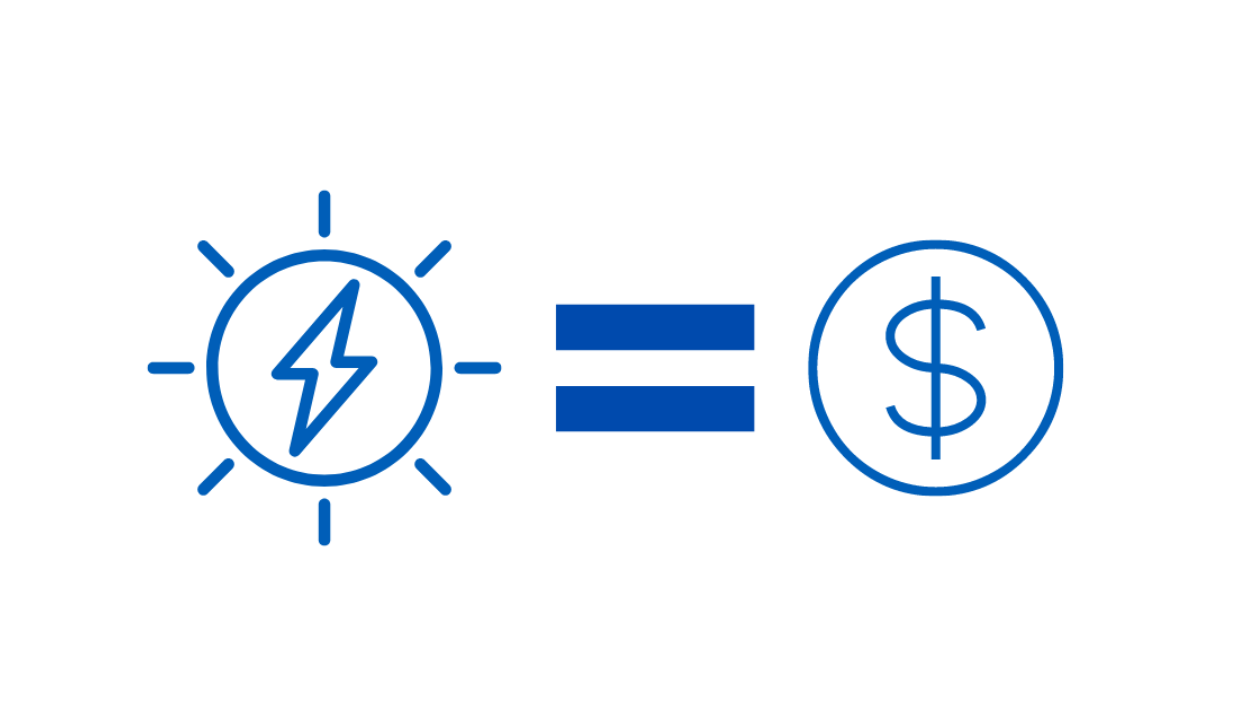
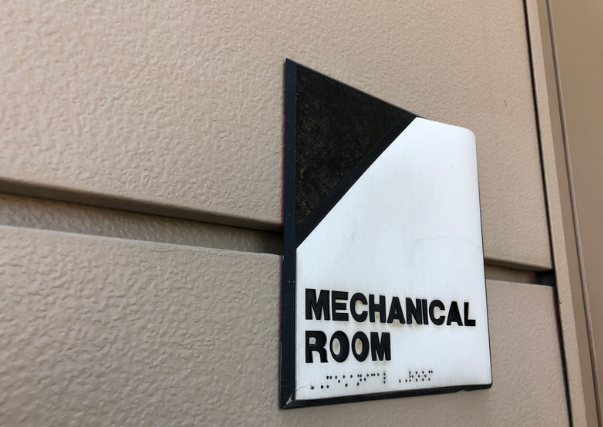
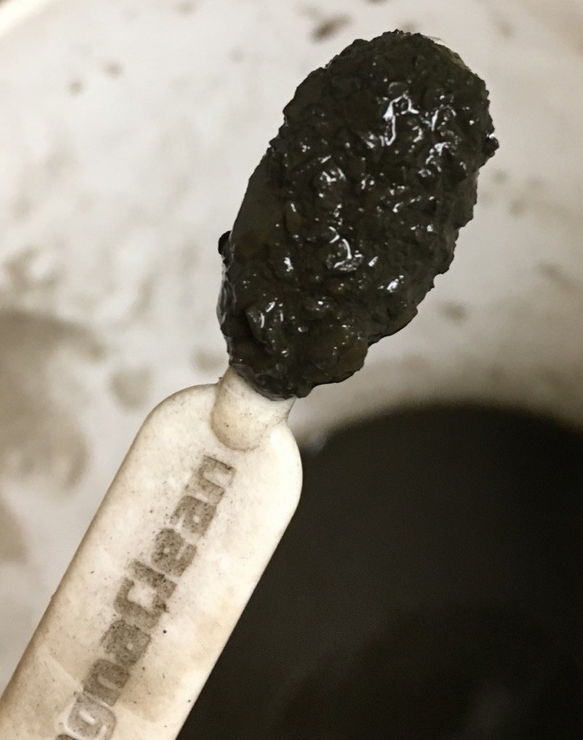



Submit a Comment